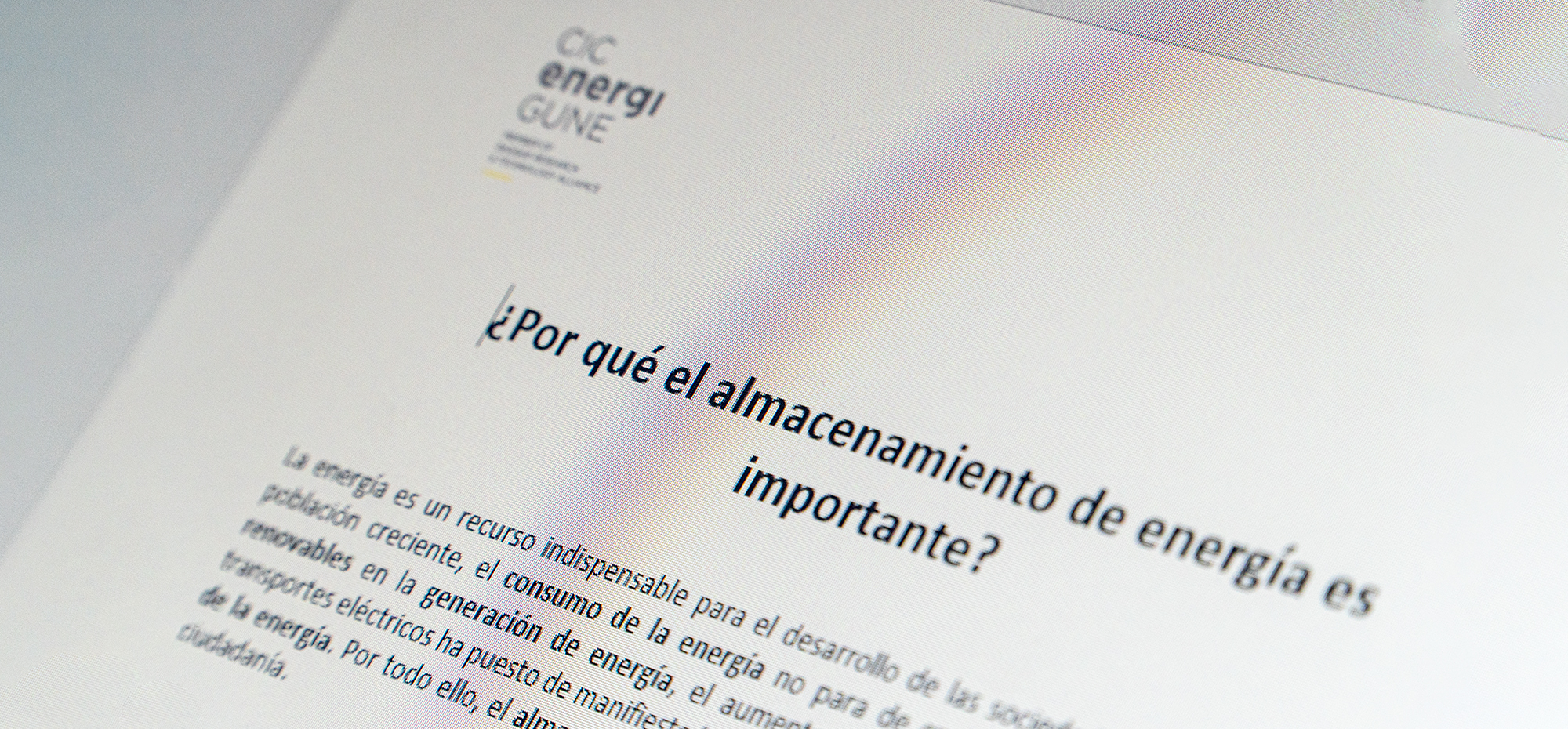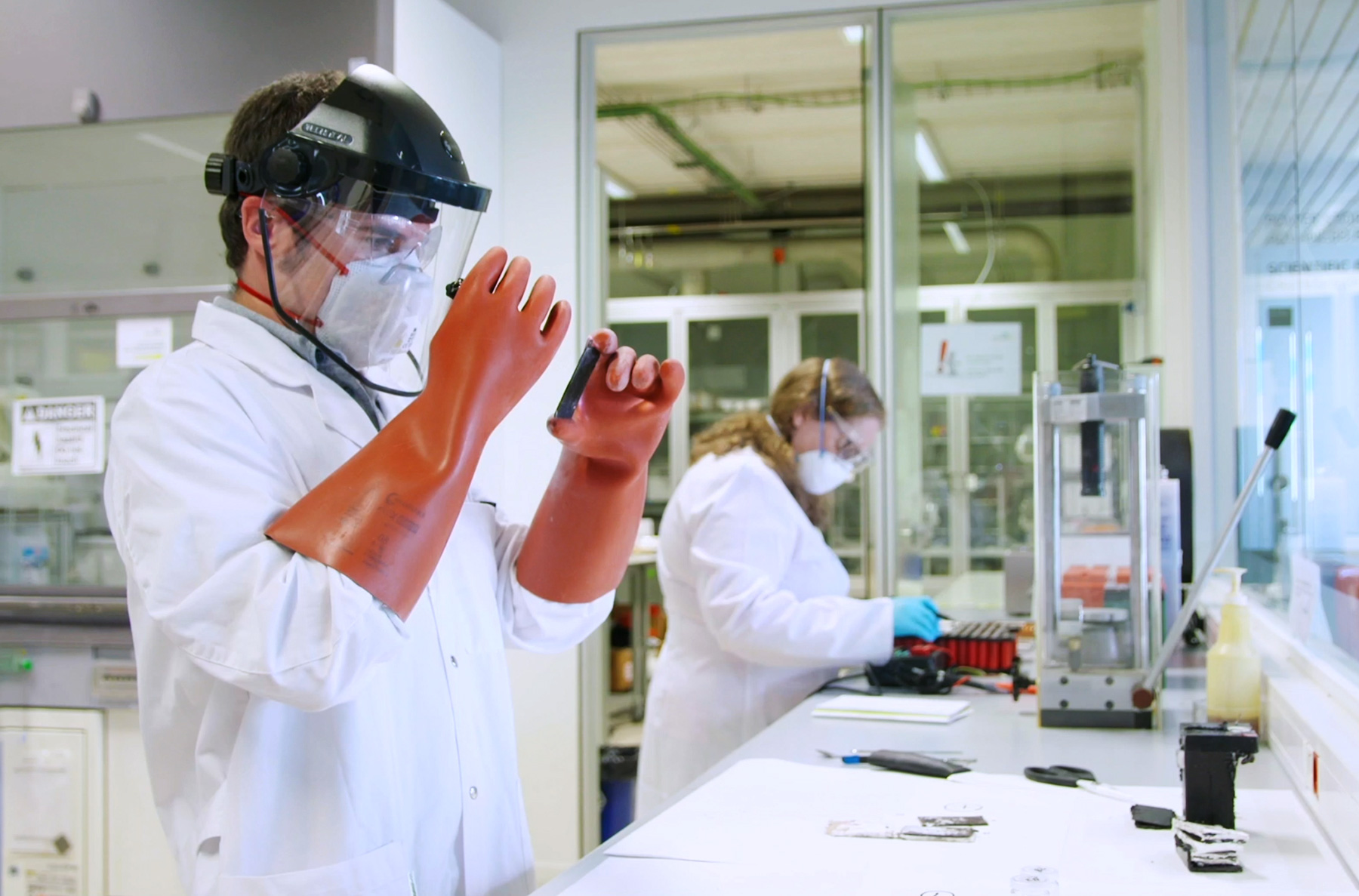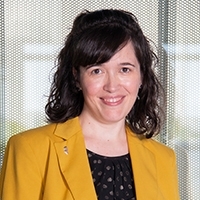This positioning has been made possible over the years thanks to an important collaborators network such as Argonne National Laboratory in the USA and ZSW in Germany. In this scenario, CIC energiGUNE is one of the key players responding to the growing demand for battery diagnosis and analysis in recent times.
Who has not experienced a sudden battery failure or sudden battery death when it is too new? In general, our society has many concerns about how tablet batteries should be charged for longer lifetime, about how much handheld device batteries should be left charged when they are stored, or how to prevent the cell phone battery from overheating while charging.
We face a scenario of the widespread introduction of batteries in our everyday objects, as we can see with the massive increase of cell phones, tablets, scooters, bicycles and electric vehicles. Furthermore, there are doubts among consumers about making the batteries of these devices last as long as possible.
For example, in electricity grids, it is essential to know which storage technology is most appropriate for each application. In practice, the same electrochemical technology will not be chosen for auxiliary network or mass storage systems. Once the electrochemical technology has been selected, it is crucial to carry out a homologation of suppliers and to ensure that these suppliers will not undertake substantial changes in chemistry or the manufacturing of the electrochemical cells, as these changes would affect the performance of the system.
Similarly, companies that integrate cells that will be part of a battery system and conform to a more extensive system such as an electric vehicle, an electric bus or an airplane, also have similar concerns. It is essential for battery integrators to develop the most advanced models for estimating battery lifespan according to each application. This is called state of health (SOH), state of charge (SOC) and remaining useful life (RUL).
In order to carry out these advanced models for predicting the battery´s life, it is necessary to integrate into the model an in-depth knowledge of cell chemistry and materials, and this is where the post-mortem and battery aging group of CIC energiGUNE comes in.
The CIC energiGUNE post-mortem team has opened hundreds and hundreds of cells from different manufacturers and chemistries. It has developed different “mirror” protocols to validate results in collaboration with reference laboratories such as Argonne National Lab and ZSW. This is why we can provide all companies working in the battery market with the best possible advice, either by helping them select a technology or by accompanying them in developing predictive models and identifying the causes of failure.
CIC energiGUNE was, through our collaborators, one of the centers consulted in the Boeing 787 battery incident. That is why we are sometimes called the CSI (Crime Science Investigation) of the batteries.
The center has one of the most complete advanced characterization platforms in Europe. We have customized several of our characterization platforms to carry out this analysis and diagnosis under operating conditions, i.e., while the battery is being charged and discharged or under temperature variations. Also, several of our platform managers are recognized as international experts by companies in the sector.
Thanks to this experience, we have been able to identify, for several companies, the causes of failure of their batteries. Many times, these causes correspond to reasons that could be identified without carrying out cell aging tests.
This aspect distinguishes us substantially as a center since we are experts in ante-mortem battery analysis, battery aging tests and post-mortem battery analysis, providing a precise diagnosis of the battery performance problem to all our collaborators.
Sometimes the failure diagnosis has to do with the conditions that the battery has been exposed to during its operation. Still, many other times, it has to do with its design, materials, components, manufacturing and even storage. In fact, our experts have saved time and money to countless companies that would not have reached the root cause of the decrease in the performance of the batteries they use in a conventional approach based exclusively on battery aging tests.
The best experts, the most advanced platforms, the state of the art of battery characterization, the most profound knowledge of current battery chemistry and the future chemistries; all these ingredients make CIC energiGUNE one of the best centers in Europe in this field.
We are the CSI of batteries for a more sustainable future.
Author: Nuria Gisbert, Director General of CIC energiGUNE; Member of the Expert Committee of the Basque Parliament on the Basque Energy Agreement, member of the scientific advisory committee of the Vitoria-Gasteiz Green Deal and member of the Scientific Advisory Committee of the Basque Council for Science, Technology and Innovation of the Basque Country.










